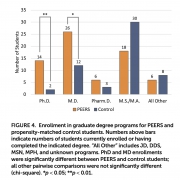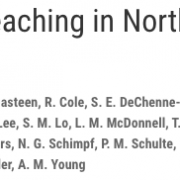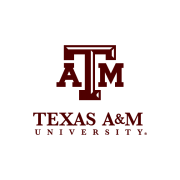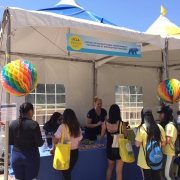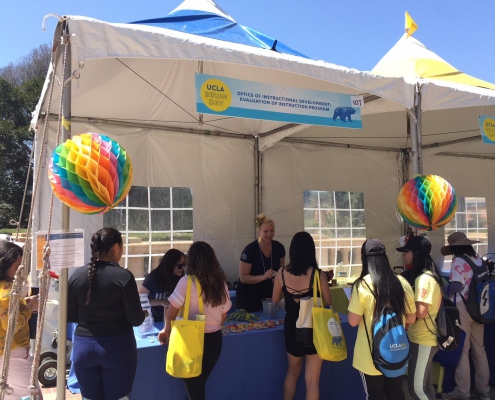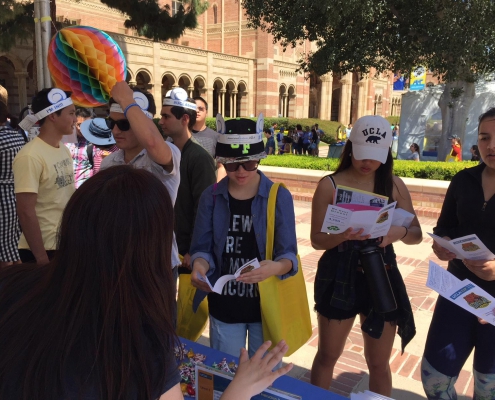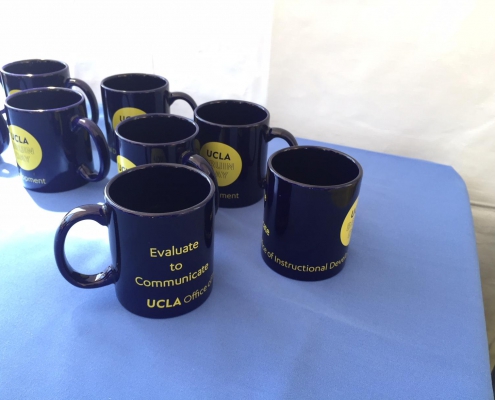Though both faculty and students found the sudden shift to remote instruction last Winter very challenging, a survey conducted by CAT yielded encouraging news about student opinions of remote instruction at UCLA.
At the end of spring quarter, CAT, in collaboration with the College FEC, surveyed students about their experience with remote instruction. Students were remarkably positive about the learning experience and the responsiveness of their instructors. Unfortunately, the response rate was not very high (less than 10%). We wondered if the respondents skewed to students who tended to be “happier” or if perhaps students were especially forgiving in spring given the tumultuous circumstances. So, this fall we conducted a similar survey of all students in each of their courses, but changed the way we administered the survey and got an astounding response rate of around 46%!
Similar to spring, students remain very positive about their learning experience in remote instruction. To be sure, they hunger for a greater sense of community, which is only to be expected.
Here are the summary results aggregated over the entire population of respondents, which includes undergraduate and graduate students from every corner of campus.
| |
Sum of Agree and Strongly Agree |
| The instructor(s) incorporated activities and practices that helped me to learn effectively (consider, for example, the use of synchronous and/or asynchronous lectures, discussion boards, breakout rooms, videos, etc.). |
89% |
| The instructor(s) incorporated assessments and deadlines that enabled me to demonstrate my learning effectively (consider, for example, the format and weighting of assignments or exams, the timing provided to complete them, etc.). |
89% |
| The instructors(s) made sufficient accommodations given my personal circumstances (consider, for example, the response to issues with technology, time zone differences, inadequate space for learning, etc.). |
91% |
| The instructors created opportunities for me to connect with others in the course (consider, for example, the use of activities or practices for getting to know classmates and the instructor(s), platforms that encourage students to engage with one another outside of class, etc.). |
77% |
| Please select the statement that best reflects your opinion of remote learning in this course, recognizing that none may perfectly reflect your views: |
% selecting each option |
| I missed the social aspect of the classroom, but still learned the course material. |
45% |
| I found it difficult to learn without being in a classroom with the instructor and other students. |
18% |
| The flexibility of remote learning made it easier to succeed in this class. |
23% |
| Remote instruction can never be as effective as regular classroom instruction for this course no matter how hard the instructor tries. |
10% |
We are putting together a dashboard to share the results. In the coming weeks we will be analyzing the data for different demographic groups (self-reported) and course types as well as extracting themes from some of the open-ended comments.
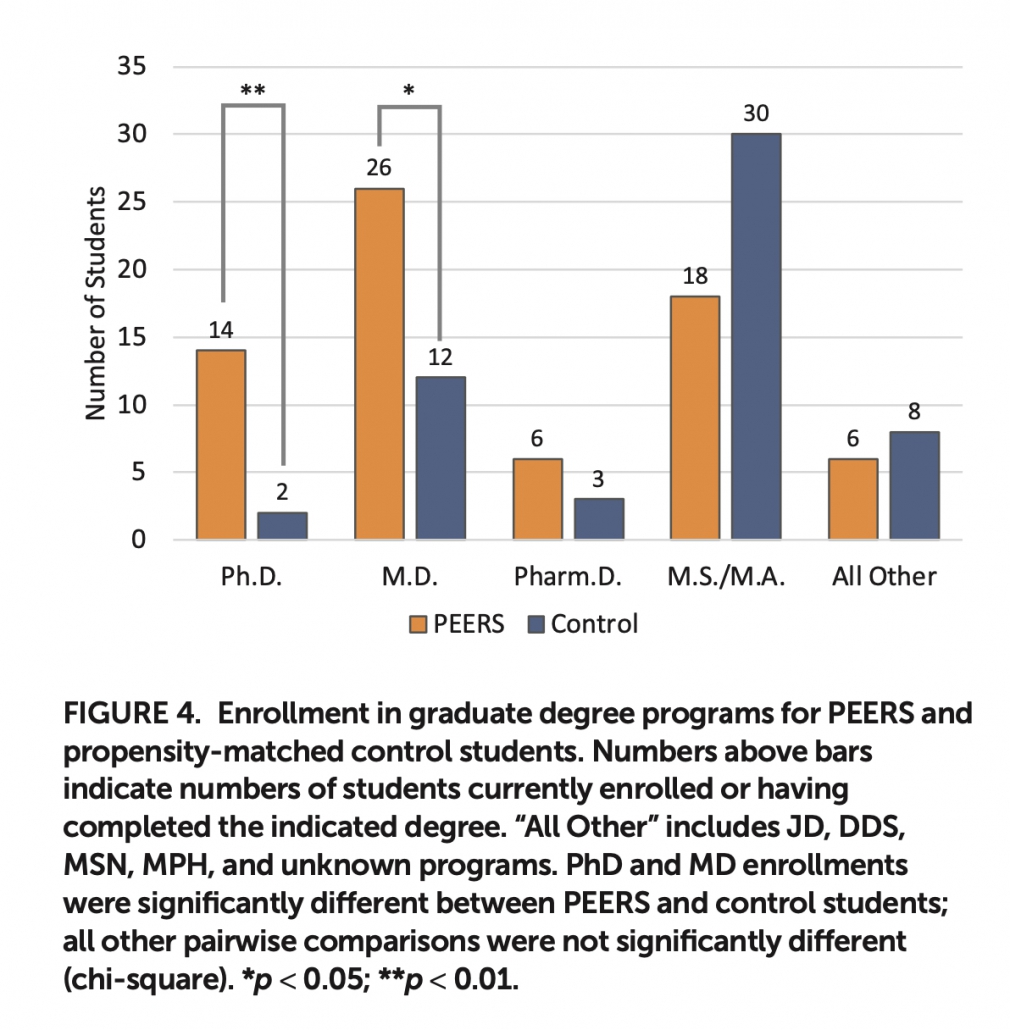 The full article can be accessed here: https://doi.org/10.1187/cbe.20-09-0224
The full article can be accessed here: https://doi.org/10.1187/cbe.20-09-0224

